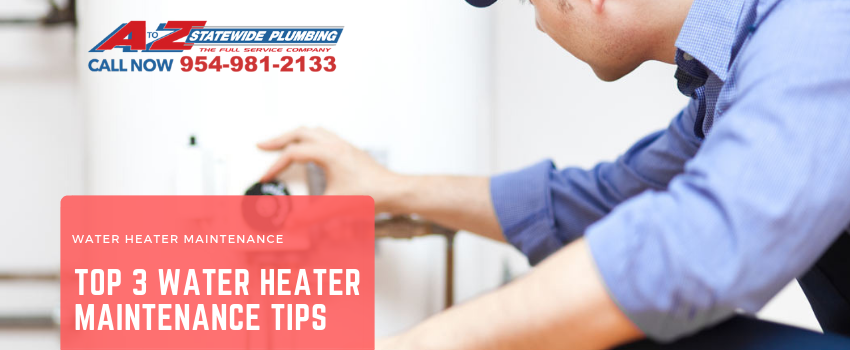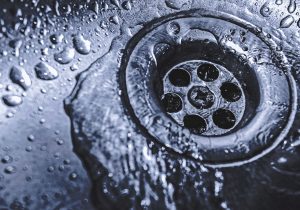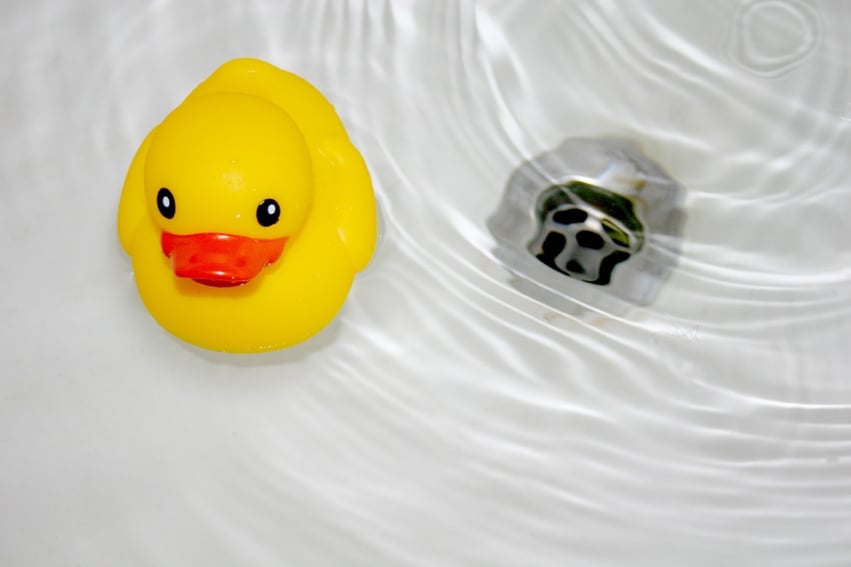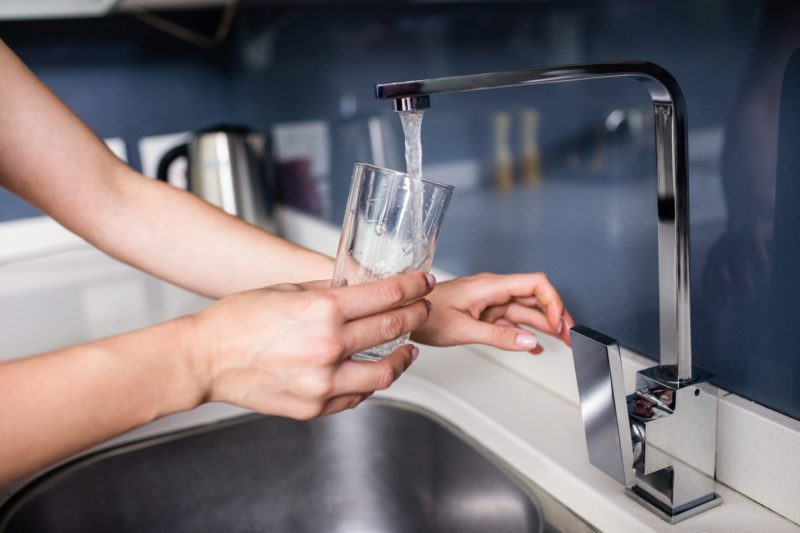Top 3 Water Heater Maintenance Tips

Compared to other home appliances, the water heater has quite a demanding role. It has to provide hot water on-demand for such activities as bathing, washing dishes and cooking. A water heater also has to withstand constant temperature changes and internal pressure. As such, regular maintenance is vital to ensure the heater remains in peak condition. Here are three water heater maintenance tips:
1. Flush the tank
Flushing your water heater rids it of sediments such as hard-water minerals such as calcium, sand, and rust. Sediment build-up not only affects your water heater’s efficiency but also leads to clogged lines. Consumer Reports recommend that you flush your tank at least once yearly. When flushing your tank, follow the below steps:
-Shut off the water supply to your water heater as well as the power
-Connect a hose to the water heater’s drain valve. Make sure the other end of your hose is in a place that will not be affected by hot water
-Open the drain valve and allow all the water in your water heater to drain out
-With the drain valve still on, turn the water supply back on and allow the water to drain until the water is clear
Hybrid water heaters: pros and cons
2. Check the pressure relief valve
You may have noticed a switch located on one side of your water heater with a plastic or copper discharge pipe. This is the pressure relief valve. Its purpose is to prevent pressure build-up in your water heater. If the pressure builds up within the water heater, the pressure relief valve automatically opens. When checking the pressure relief valve, place an empty bucket underneath the discharge pipe and lift the lever. You should notice some water vapor and gurgling sounds as the water gets into the drain valve. If the valve doesn’t automatically snap back, consider having it replaced.
3. Inspect the anode rod
The anode rod attracts corrosive materials which would otherwise attack the water heater’s exposed stainless steel and other components. It would be wise to replace the anode rod every four or five years. Shut off the power to your water heater and drain a couple of gallons of water. Check the user manual to locate the anode rod and use a wrench to unscrew it. If it is severely corroded, you will need to replace it. Use pipe thread sealant rather than tape on the threads to make the anode rod more effective when reinstalling it.
By observing these maintenance tips, you will mitigate failures before they become costly repairs and prolong the life of your water heater. If you have no idea where to start, let the experts at A to Z Statewide Plumbing do it for you. Call us at 954-981-2133. We also provide water heater installation services.
Trending Topics Right Now
This post first appeared on http://www.atozstatewideplumbing.com

 After a summer of almost constant AC use, many homeowners welcome the fall as a time to take advantage of naturally cool air without running the HVAC unit. Though the autumn season represents a period of decreased air conditioning usage and more pleasant ambient temperatures, that doesn’t mean that you should forget about your AC unit altogether. In fact, there are some critical maintenance tasks that should be performed on your AC unit just as summer gives way to the fall. While some of these tasks can be done by homeowners, others are better left to professionals who specialize in air conditioning and heating service and repair.
After a summer of almost constant AC use, many homeowners welcome the fall as a time to take advantage of naturally cool air without running the HVAC unit. Though the autumn season represents a period of decreased air conditioning usage and more pleasant ambient temperatures, that doesn’t mean that you should forget about your AC unit altogether. In fact, there are some critical maintenance tasks that should be performed on your AC unit just as summer gives way to the fall. While some of these tasks can be done by homeowners, others are better left to professionals who specialize in air conditioning and heating service and repair. Clean Up Around the Unit
Clean Up Around the Unit No matter how well they’re labeled, how good they smell, or how cheap they are, drain cleaners aren’t a good solution to a clog in your plumbing. We know, it’s a hard pill to swallow, but we’re just trying to help. In fact, most homeowners don’t even know that they tend to do more harm than good when they are used. These volatile liquids will rot away your pipes and leave your system needing much more than just a drain cleaning.
No matter how well they’re labeled, how good they smell, or how cheap they are, drain cleaners aren’t a good solution to a clog in your plumbing. We know, it’s a hard pill to swallow, but we’re just trying to help. In fact, most homeowners don’t even know that they tend to do more harm than good when they are used. These volatile liquids will rot away your pipes and leave your system needing much more than just a drain cleaning.

 There are so many different reasons as to why your bathtub drains slowly. Luckily, there are a few simple methods to fix it that could save you from having to call a plumber. A slow bathtub drain can result from any of the following combinations (or all of them):
There are so many different reasons as to why your bathtub drains slowly. Luckily, there are a few simple methods to fix it that could save you from having to call a plumber. A slow bathtub drain can result from any of the following combinations (or all of them): Factors That Impact your Air Filter
Factors That Impact your Air Filter
